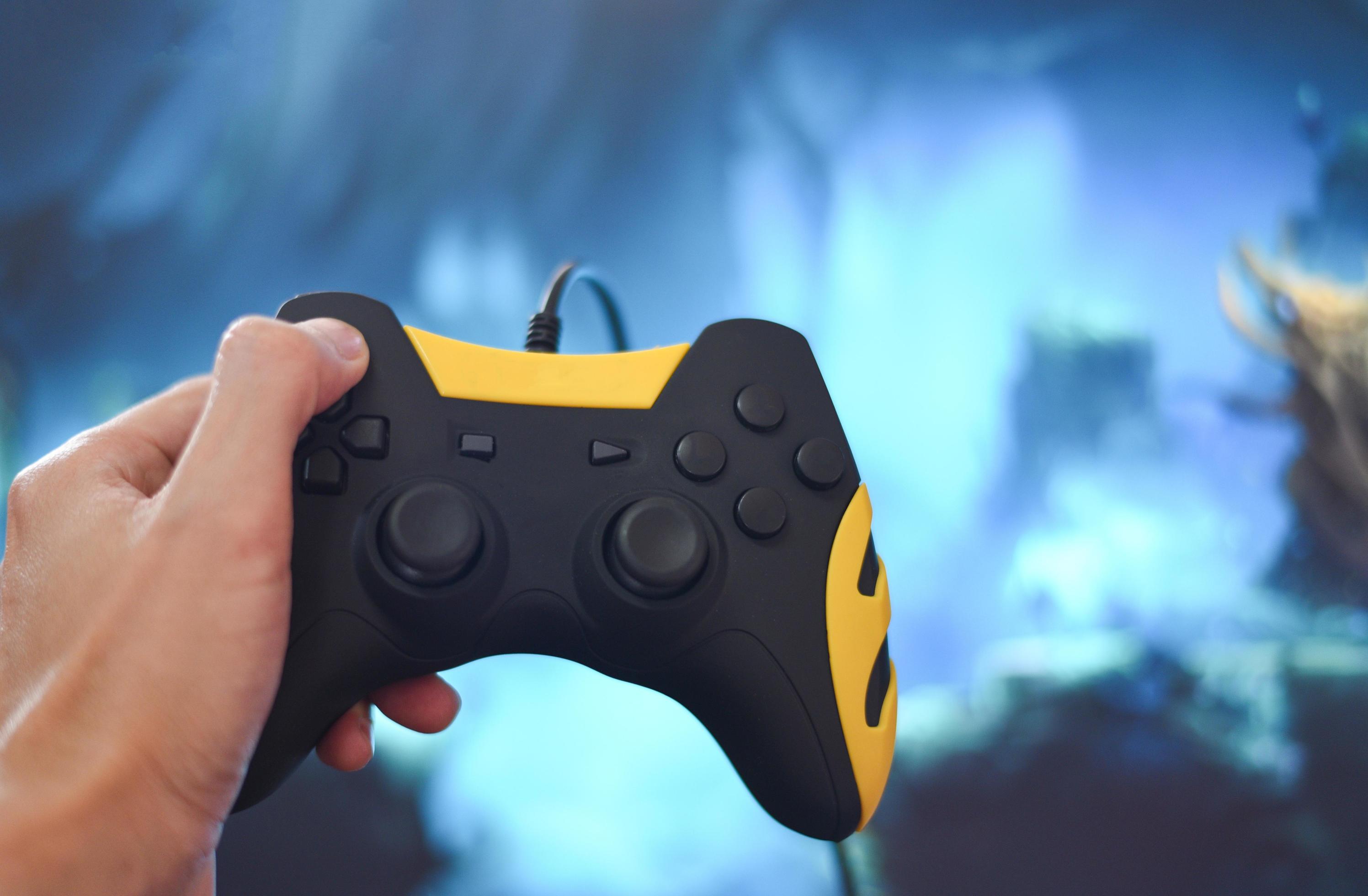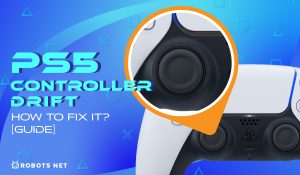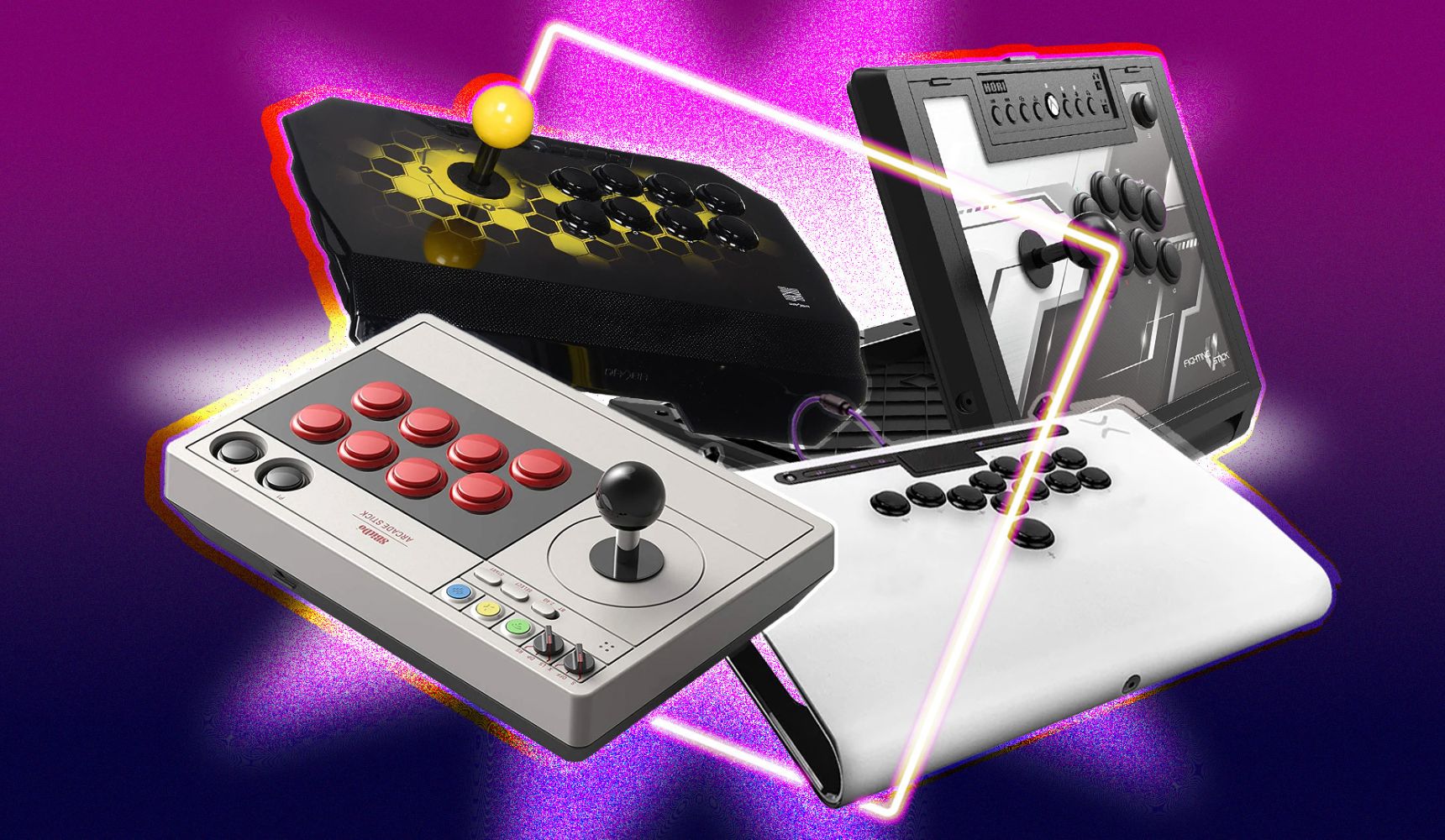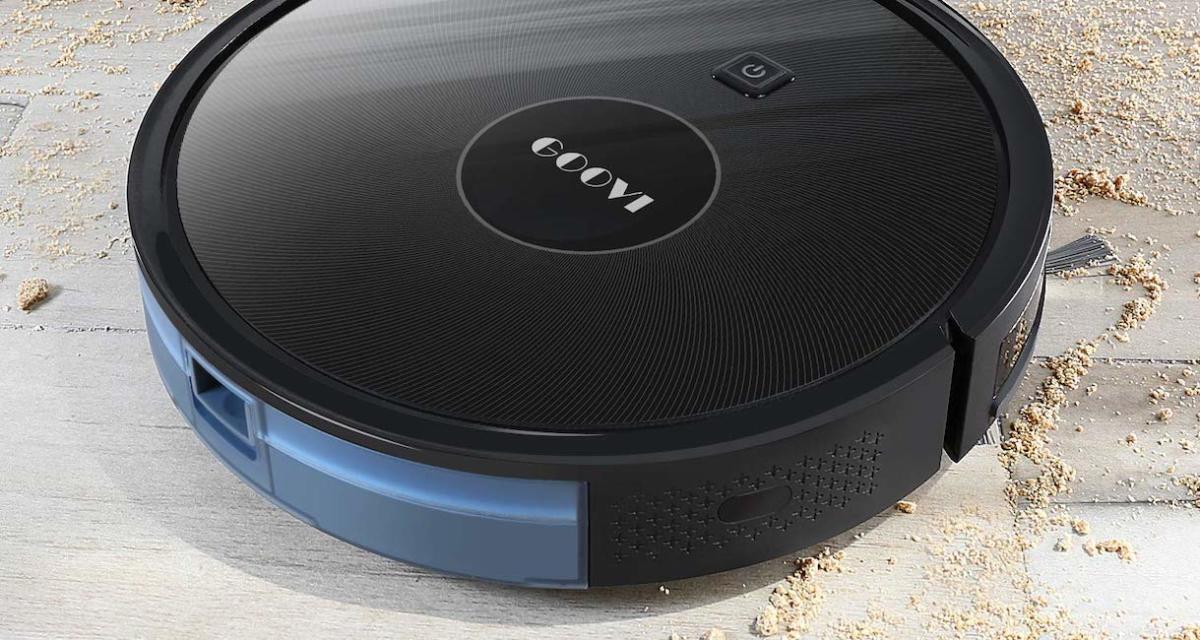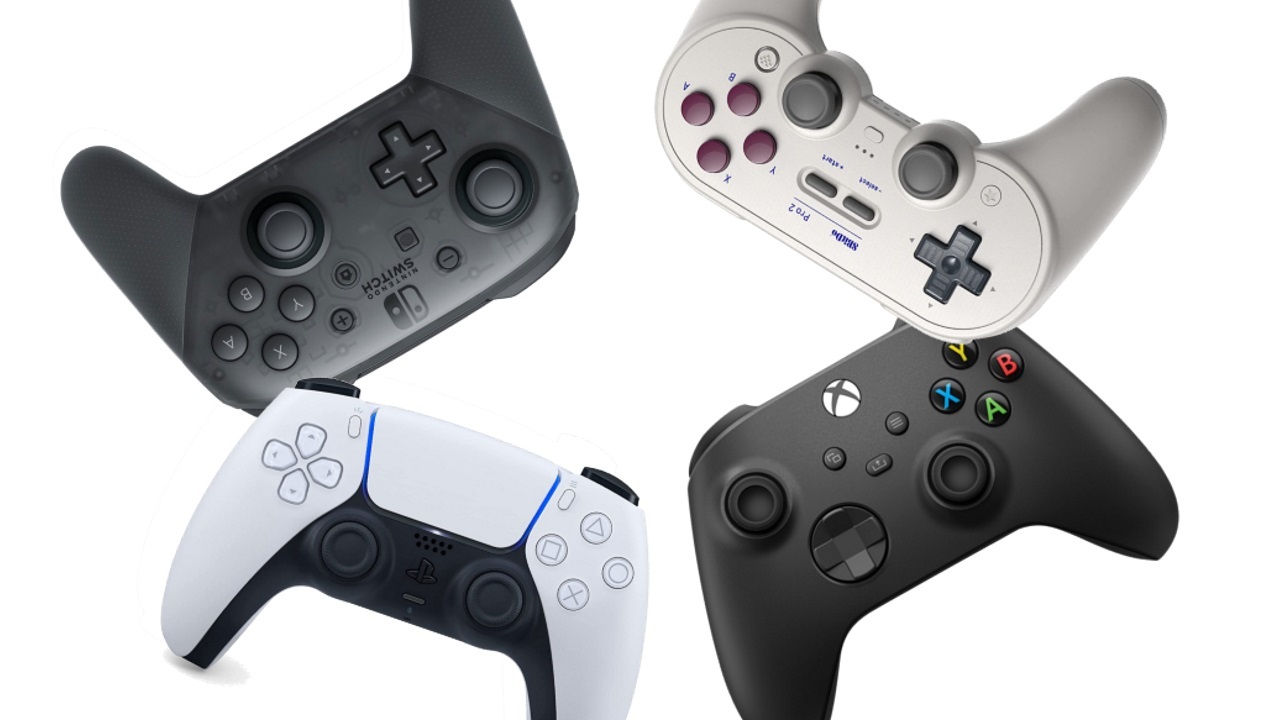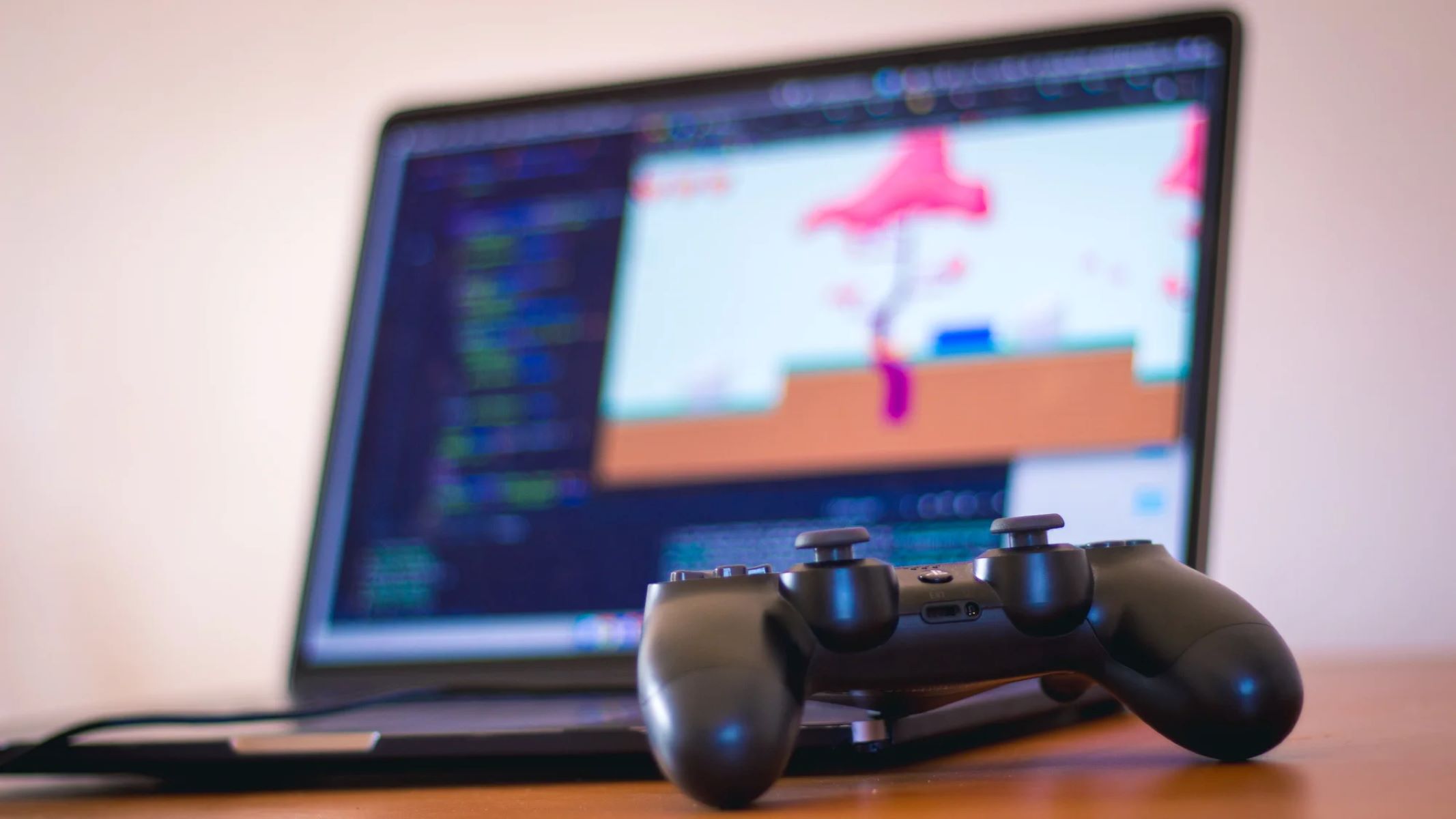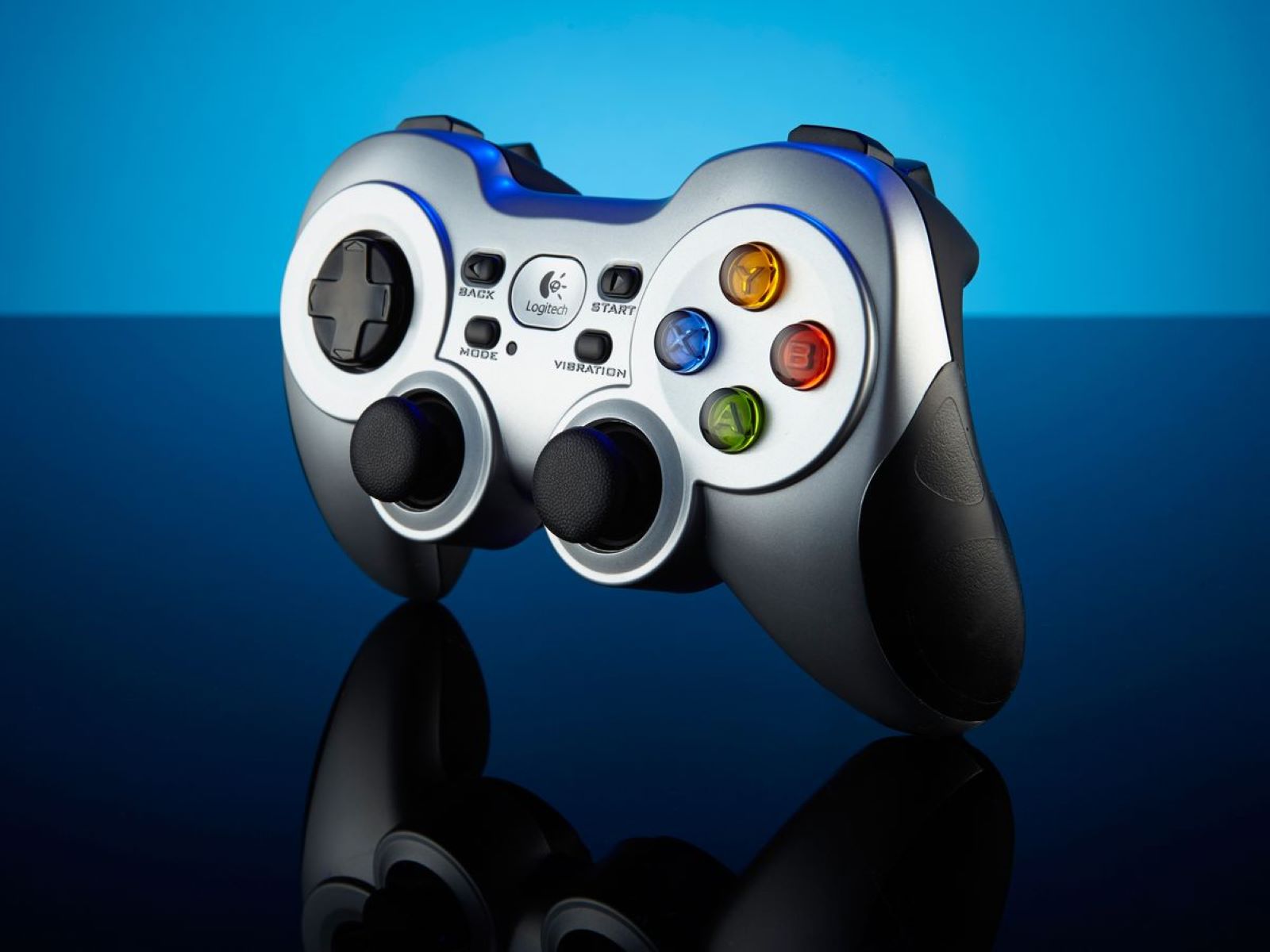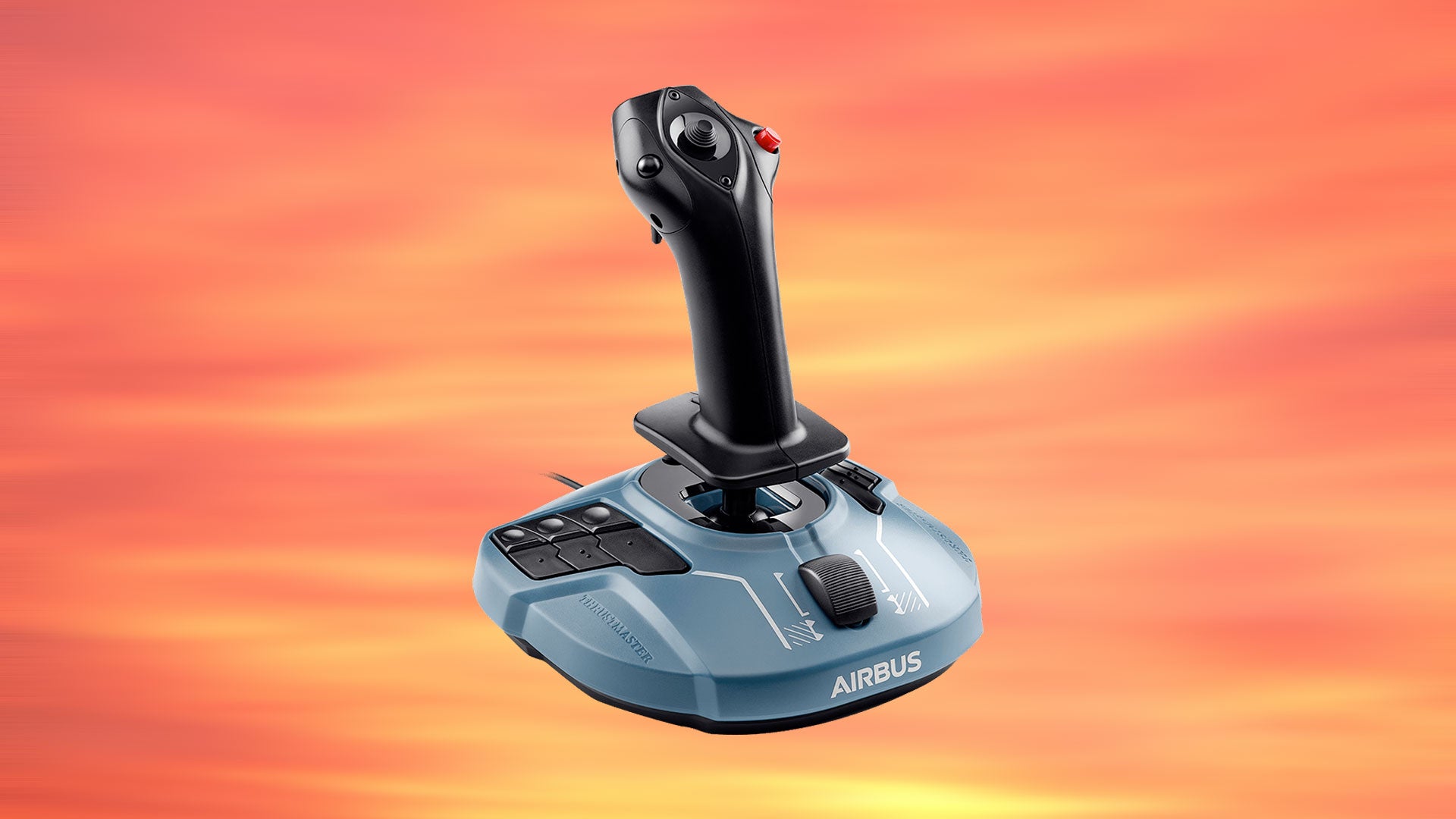Introduction
Welcome to the exciting world of robotics in the FIRST Robotics Competition (FRC)! As a team member, you understand the crucial role that the joystick plays in controlling the robot during competitions. However, you may have encountered limitations when using traditional joysticks and are eager to explore the possibility of integrating game controllers into your robot control system. This article will guide you through the process of modifying the Joystick class to seamlessly incorporate game controllers into your FRC robot.
The ability to use game controllers offers a new level of flexibility and precision in controlling your robot. By harnessing the power of game controllers, you can enhance the user experience and potentially improve the performance of your robot on the competition field. This modification not only expands the options for controlling the robot but also opens up opportunities for innovation and creativity in your robotics endeavors.
In this article, we will delve into the intricacies of the Joystick class in FRC, explore the potential for integrating game controllers, and provide a step-by-step guide to modifying the Joystick class to accommodate game controllers. By the end of this tutorial, you will be equipped with the knowledge and skills to implement these modifications and test the functionality of the modified Joystick class.
So, fasten your seatbelts and get ready to embark on a journey to revolutionize the way you control your FRC robot. Let's dive into the world of game controllers and unleash the full potential of your robot control system!
Understanding the Joystick class in FRC
Before we venture into the realm of integrating game controllers with the Joystick class, it is imperative to grasp the fundamental concepts of the Joystick class in the FRC framework. The Joystick class serves as a critical component in the control system of the robot, enabling the translation of human input into commands that drive the robot’s movements and actions.
The Joystick class is designed to interface with physical joysticks, which are commonly used for controlling FRC robots. It provides methods to retrieve the current state of the joystick, including the position of the axes, the status of the buttons, and other relevant input data. This real-time input from the joystick is pivotal in determining the robot’s behavior and response to the operator’s commands.
Furthermore, the Joystick class facilitates the mapping of joystick inputs to specific robot functions or actions. This mapping is achieved through the assignment of joystick axes and buttons to corresponding robot controls, such as driving motors, actuating mechanisms, or triggering functions based on specific input conditions.
Understanding the intricacies of the Joystick class empowers you to comprehend how the control inputs from traditional joysticks are processed within the FRC software environment. This knowledge forms the foundation upon which we can explore the adaptation of the Joystick class to accommodate game controllers, thereby expanding the range of input devices that can be seamlessly integrated into the robot control system.
Now that we have established a solid understanding of the Joystick class in the context of FRC, let’s embark on the journey of incorporating game controllers into the realm of robot control, unlocking new possibilities for enhancing the operator experience and optimizing robot performance.
Using a Game Controller with the Joystick Class
As the FRC community continues to innovate and explore new avenues for enhancing robot control, the integration of game controllers has emerged as a compelling prospect. Game controllers offer a familiar and intuitive interface for operators, leveraging their ergonomic design and precise input mechanisms to effectively control the robot’s movements and actions.
When considering the use of game controllers with the Joystick class, it is essential to recognize the differences in input mechanisms compared to traditional joysticks. Game controllers feature analog sticks, directional pads, triggers, and various buttons, each providing unique input modalities that can be leveraged to command different aspects of the robot’s behavior.
By utilizing a game controller with the Joystick class, teams can tap into the extensive capabilities of modern game controllers, including the ability to capture nuanced input gestures and execute complex commands with precision. This integration opens up opportunities for implementing advanced control schemes that harness the full potential of game controllers, thereby enhancing the operator’s ability to maneuver the robot with finesse and accuracy.
Moreover, the compatibility of game controllers with the Joystick class introduces a level of customization and personalization, allowing operators to configure the controller layout to suit their preferences and optimize their control strategy. This adaptability empowers operators to tailor the control interface to their individual playstyle, potentially leading to improved performance and efficiency during competition scenarios.
By embracing the use of game controllers alongside the Joystick class, teams can foster a dynamic and engaging control experience, fostering a seamless transition for operators familiar with gaming platforms while also attracting new enthusiasts to the realm of robotics through the familiarity of game controller interfaces.
With a solid understanding of the potential benefits and capabilities of integrating game controllers with the Joystick class, we are poised to delve into the process of modifying the Joystick class to accommodate game controllers, unlocking a world of possibilities for enhanced robot control in the FRC arena.
Modifying the Joystick Class to Support Game Controllers
As we embark on the journey to integrate game controllers with the Joystick class, it is essential to understand the necessary modifications required to seamlessly incorporate game controllers into the FRC robot control system. The process of adapting the Joystick class to support game controllers involves leveraging the capabilities of the WPILib library to accommodate the unique input mechanisms and functionalities of game controller devices.
The first step in this endeavor is to identify the specific game controller model that will be used in conjunction with the robot. Different game controllers may feature varying input configurations, including analog sticks, triggers, buttons, and directional pads. Understanding the layout and capabilities of the chosen game controller is crucial in mapping its inputs to the corresponding actions and controls of the robot.
Once the game controller model is selected, the next phase involves modifying the Joystick class to recognize and interpret the input signals from the game controller. This entails creating a custom mapping scheme that associates the game controller’s axes, buttons, and triggers with the desired robot functions, mirroring the traditional mapping used for physical joysticks.
Utilizing the WPILib library’s functionality, teams can implement the necessary code adjustments within the robot’s control program to accommodate the input signals from the game controller. This may involve configuring the button bindings, axis assignments, and input thresholds to ensure seamless integration and optimal responsiveness when using the game controller to command the robot’s movements and operations.
Furthermore, teams may explore the utilization of additional libraries or programming frameworks that offer enhanced support for game controllers, providing advanced features such as input remapping, sensitivity adjustments, and input event handling to further refine the user experience and control precision.
By meticulously modifying the Joystick class to embrace game controllers, teams can unlock a new dimension of control flexibility and user interaction, fostering an environment where operators can leverage the familiarity and precision of game controller interfaces to command the robot with confidence and dexterity.
With the necessary modifications in place, the stage is set for testing the functionality of the modified Joystick class to ensure seamless integration and optimal performance when utilizing game controllers for robot control in the FRC environment.
Testing the Modified Joystick Class
After the meticulous process of modifying the Joystick class to accommodate game controllers, the next crucial phase involves testing the functionality of the modified class to ensure seamless integration and optimal performance when using game controllers to command the robot’s actions and movements.
The testing process begins with the verification of the input mappings and signal recognition capabilities of the modified Joystick class. This entails connecting the game controller to the robot’s control system and monitoring the output of the controller’s inputs within the programming environment. By observing the real-time feedback of the game controller’s axes, buttons, and triggers, teams can validate that the modified Joystick class accurately interprets and processes the input signals from the game controller.
Furthermore, teams can conduct comprehensive testing scenarios that simulate various robot control tasks and maneuvers, allowing operators to utilize the game controller to execute driving commands, actuate mechanisms, and trigger functions based on the mapped inputs. This hands-on testing approach provides valuable insights into the responsiveness and precision of the game controller’s integration with the modified Joystick class, ensuring that operators can effectively control the robot with confidence and accuracy.
Additionally, teams can leverage testing environments that replicate competition conditions, enabling operators to assess the performance of the modified Joystick class and game controller integration in realistic scenarios. By simulating the challenges and dynamics of FRC competitions, teams can evaluate the robustness and reliability of the modified control system, identifying any potential areas for refinement or optimization to enhance the overall user experience and control capabilities.
Throughout the testing phase, it is essential to gather feedback from operators and team members who interact with the modified control system, soliciting their observations and impressions regarding the usability, intuitiveness, and effectiveness of utilizing game controllers with the robot. This user-centric approach provides valuable insights that can inform iterative refinements and enhancements to the modified Joystick class, ensuring that the integration of game controllers aligns with the operational needs and preferences of the operators.
By conducting comprehensive testing of the modified Joystick class, teams can validate the successful integration of game controllers into the robot’s control system, empowering operators to harness the full potential of game controller interfaces to command the robot with precision and finesse in the high-stakes environment of FRC competitions.
Conclusion
Embarking on the journey to modify the Joystick class to seamlessly integrate game controllers into the FRC robot control system has unveiled a realm of possibilities for enhancing the operator experience and optimizing robot performance. By understanding the fundamental concepts of the Joystick class and recognizing the unique input mechanisms of game controllers, teams have embarked on a path of innovation and adaptability, leveraging modern technology to revolutionize the control interface of FRC robots.
The process of modifying the Joystick class to support game controllers has not only expanded the range of input devices available for controlling the robot but has also fostered a dynamic and engaging control experience, catering to the preferences and playstyles of operators familiar with gaming platforms. The integration of game controllers has empowered operators to command the robot with precision, leveraging the familiarity and precision of game controller interfaces to navigate the challenges of FRC competitions with confidence and dexterity.
Through meticulous modifications and comprehensive testing, teams have validated the successful integration of game controllers with the Joystick class, ensuring that the modified control system exhibits responsiveness, reliability, and adaptability in real-world scenarios. The user-centric approach to testing has provided valuable insights, enabling teams to refine and optimize the modified Joystick class to align with the operational needs and preferences of the operators, ultimately enhancing the overall user experience and control capabilities.
As teams embrace the utilization of game controllers alongside the Joystick class, they are poised to embark on a new era of innovation, creativity, and adaptability in the realm of FRC robot control. The seamless integration of game controllers not only enriches the operator experience but also opens up opportunities for implementing advanced control schemes and personalized interfaces, potentially leading to improved performance and efficiency on the competition field.
In conclusion, the journey to modify the Joystick class to accommodate game controllers has not only expanded the horizons of robot control in the FRC domain but has also exemplified the spirit of innovation and adaptability that defines the FRC community. By embracing modern technology and leveraging the capabilities of game controllers, teams have unlocked a world of possibilities, ushering in a new era of precision, flexibility, and user-centric control interfaces in the exciting realm of FRC robotics.









